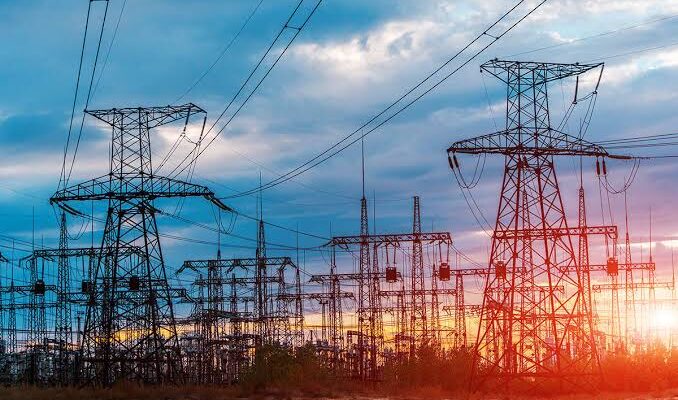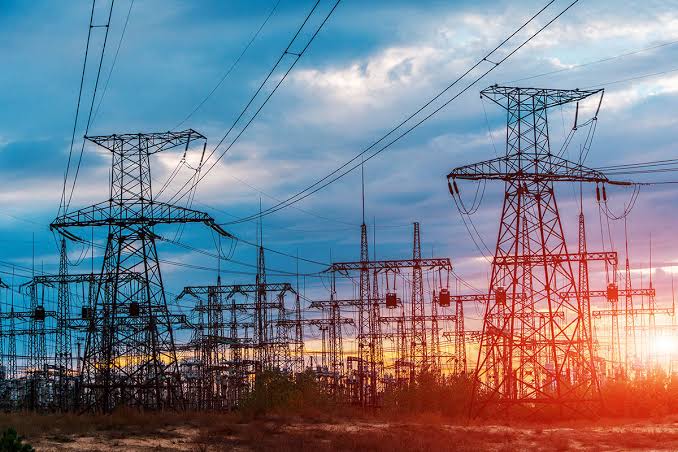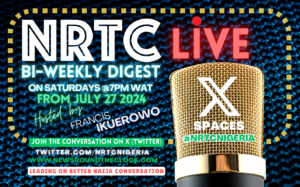
Nigerians dug deep into their pockets to fork out a whopping N782.6 billion for electricity between January and September 2023, even as the Federal Government coughed up a staggering N375.8 billion in subsidies to keep the lights on.

This eye-popping figure issued by the Nigerian Electricity Regulatory Commission (NERC), paints a stark picture of a sector grappling with high costs, unreliable supply, and a ballooning subsidy bill.
NERC’s data reveals a concerning trend: the burden of subsidy has grown steadily throughout the year. While the first quarter saw N36 billion pumped into the system, that figure skyrocketed to N135.2 billion in the second quarter and N204.6 billion in the third.
Providing reasons for the subsidy in its just-released third-quarter 2023 report, the NERC stated that it was due to the absence of cost-reflective tariffs.
It said, “In the absence of cost-reflective tariffs, the government undertakes to cover the resultant gap (between the cost-reflective and allowed tariff) in the form of tariff shortfall funding. This funding is applied to the NBET (Nigerian Bulk Electricity Trading Company) invoices that are to be paid by Discos.
“The amount to be covered by the Disco is based on the tariff that they are allowed to charge and set out as their Minimum Remittance Obligation in the periodic Tariff Orders issued by the Commission.
“It is important to note that due to the absence of cost-reflective tariffs across all Discos, the government incurred a subsidy obligation of N204.59bn in 2023/Q3 (average of N68.20bn per month), which is an increase of N69.37bn (+51.3 percent) compared to the N135.23bn (average of N45.08bn per month) incurred in 2023/Q2; this increase is largely attributable to the government’s policy to harmonise exchange rates.
“The rise in the government’s subsidy obligation meant that in 2023/Q3, Discos were only expected to cover 45 percent of the total invoice received from NBET. For ease of administration of the subsidy, the MRO is limited to NBET only with the MO (Market Operator) being allowed to recover 100 percent of its revenue requirement from the Discos.”
This raises questions about the long-term sustainability of such a steep subsidy, especially with blackouts still plaguing many parts of the country.
Adding to the complexity is the gap between what Nigerians are billed and what they actually pay. Distribution companies sent out bills totaling a hefty N1.06 trillion during the nine-month period, but only managed to collect N782.6 billion – a stark reminder of the challenges in revenue collection within the sector.
The question on everyone’s lips is: where does this leave us? With the fourth quarter still ongoing, it’s too early to predict the final subsidy number for the year.
However, one thing is clear: the current system is straining both consumers and the government.
A critical overhaul is needed to address the inefficiencies, improve power generation and distribution, and ensure Nigerians get the reliable and affordable electricity they deserve.
Discover more from News Round The Clock
Subscribe to get the latest posts sent to your email.










